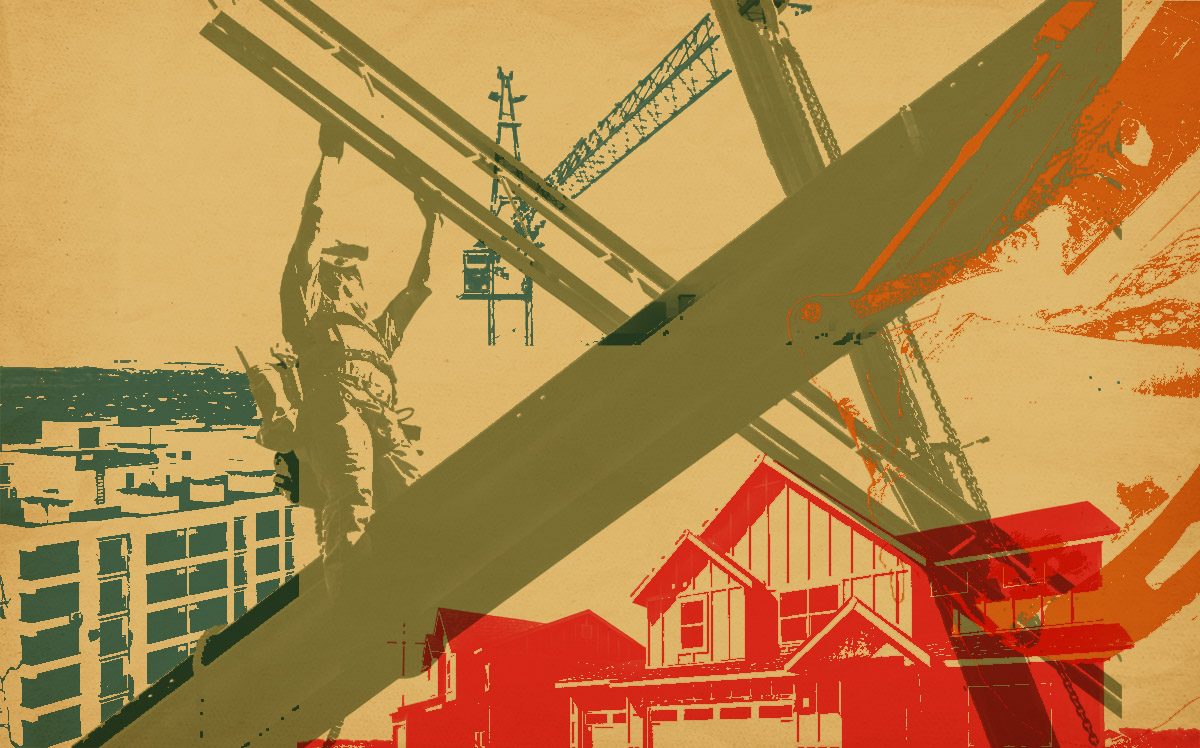A December to forget: Multifamily projects slow to a trickle
Foundation filings were rarer than snow last month

Five hundred ninety down, 499,410 to go.
In December, when Mayor Eric Adams announced a goal of 500,000 new homes citywide over a decade, developers filed to build just 590 apartments.
The measly total, compiled by the Real Estate Board of New York, shows just how challenging reaching Adams’ target will be.
The year finished on a down note for builders as the number of new apartments planned plunged 90 percent from 4,945 in December 2021 filings. The count of foundation permit applications in December fell by only 53 percent, to 22 from 47, meaning the average project size also shrunk.
A large drop was expected, as the June expiration of the tax property tax break 421a caused applications to bunch up before the deadline and fall after it. Some 289 foundation plan applications, nearly half of the year’s total, were filed in just three months, from March through May.
Foundation plan applications are often filed several months after requests for new building permits, and indicate that a project is closer to starting construction.
The REBNY report shows filings jumped in October and November, and cites impending updates to the city’s building code as a motivating factor for developers. Zach Steinberg, senior vice president of policy at REBNY, said applicants likely wanted to avoid additional costs associated with the new version of the code.
The report comes just before Gov. Kathy Hochul releases her executive budget. The governor has pledged to work with the state legislature on a 421a replacement rather than propose one on her own. The one she pitched last year, 485w, failed to gain support.
The governor this month laid out a series of housing policies aimed at building 800,000 units across the state over the next decade. REBNY argues that the pace of construction in 2022 underscores the need to ramp up housing production.
“New York City’s current housing pipeline looks like we’re fighting a five-alarm fire with a garden
hose,” Steinberg said in a statement. “It’s increasingly important for state and city lawmakers to work together and ensure we don’t miss critical opportunities to address this worsening crisis.”
Hochul’s plan is meeting opposition in the suburbs, despite requiring just 3 percent growth in localities’ housing stock. Within the city, it is being criticized by progressive activists for not including eviction protections.




